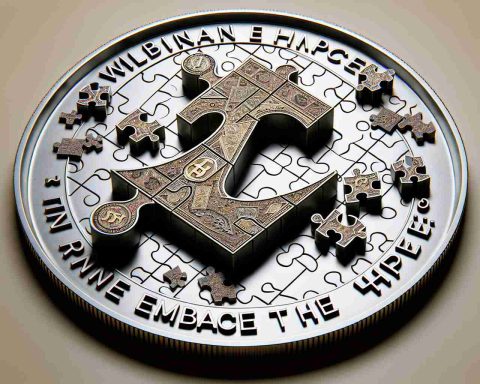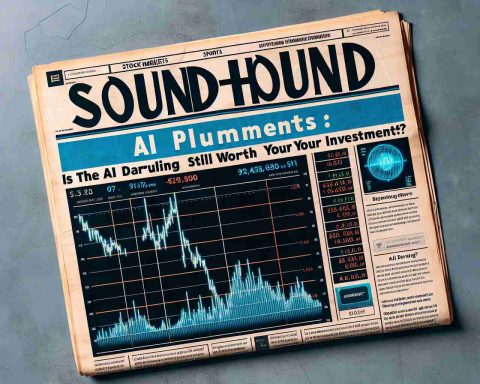- XRP is leading the way in digital cross-border payments and remittances, offering fast, low-cost transactions.
- Its potential impact includes transforming international money transfers and providing financial access to unbanked populations.
- Ripple Labs, the creator of XRP, faces legal challenges from the SEC, influencing future regulations and XRP’s classification.
- Regulatory clarity might enhance XRP’s adoption and integration into global finance.
- Adding smart contracts to the XRP Ledger could expand XRP’s utility further in the financial world.
- XRP’s ability to adapt to technological advancements may shape its role in global finance strategies.
As the financial world propels itself into the digital age, cryptocurrencies are at the forefront of this evolution. Among them, XRP, the digital asset created by Ripple Labs, is setting a new standard in cross-border payments and remittances. Unlike many cryptocurrencies primarily known for speculative trading, XRP’s unique value proposition lies in its application for seamless international transactions.
With fast transaction speeds and relatively low fees, XRP stands as a formidable alternative to traditional financial systems that often suffer from delays and high costs. Many financial analysts predict that XRP could reshape the landscape of international money transfers, potentially benefitting populations without easy access to banking services.
However, there are looming uncertainties shadowing this prediction. Ripple Labs has been embroiled in legal battles with the SEC, raising questions about the future regulation of XRP and its classification as a security. Yet, some experts argue this legal scrutiny might eventually lead to greater adoption once regulatory clarity is achieved.
Furthermore, the integration of cutting-edge technology like smart contracts into the XRP Ledger can further ignite its utility, providing automated, reliable transaction systems that streamline operations even more. As blockchain technology evolves, the ability of XRP to adapt rapidly could see it cement its position not just as a digital token, but as an indispensable component of global finance strategies.
Whether XRP will realize these grand predictions or remain in the shadows of traditional methodologies will depend on its ability to navigate these pivotal challenges. Only time will tell if XRP will become the preferred currency for cross-border transactions.
XRP Revolution: Uncovering the Future of Global Payments
How is XRP Transforming the Cross-Border Payments Landscape?
XRP’s Role in Cross-Border Transactions:
XRP, primarily created for swift international transfers, has gained attention for its potential to revolutionize cross-border payments. Unlike traditional systems that involve numerous intermediaries and extended time frames, XRP operates on Ripple’s decentralized blockchain, offering near-instantaneous transactions with minimal fees. Financial institutions are exploring XRP as a strategic tool to enhance liquidity and reduce operational costs in international trades.
What are the Recent Innovations and Predictions for XRP’s Future?
Innovative Developments in XRP:
1. Integration with Smart Contracts:
The integration of advanced functionalities like smart contracts into the XRP Ledger is on the horizon. This incorporation could significantly expand XRP’s use cases beyond simple value transfers by automating and securing complex transactions in various sectors.
2. Predictions and Market Trends:
Many analysts see XRP’s adaptability to blockchain innovations as a vital factor in its potential global adoption. Given the current trends, they predict that regulatory resolutions could act as a catalyst for XRP’s broader financial application, potentially increasing its market value and utility.
How Do the SEC Legal Battles Impact XRP’s Market Perception?
Legal Controversies and Market Impact:
Ripple Labs’ ongoing legal battles with the U.S. Securities and Exchange Commission (SEC) have posed significant hurdles. The central debate revolves around whether XRP should be classified as a security, which entails stricter regulatory scrutiny. This legal uncertainty has, at times, caused volatility in XRP prices. However, some experts believe that achieving regulatory clarity could foster greater trust and facilitate institutional adoption, thus stabilizing and boosting XRP’s market presence.
Suggested Links
– For further insights on XRP and Ripple’s mission, visit their official site: Ripple
– To learn more about the implications of blockchain technology on financial systems, explore: Blockchain


















